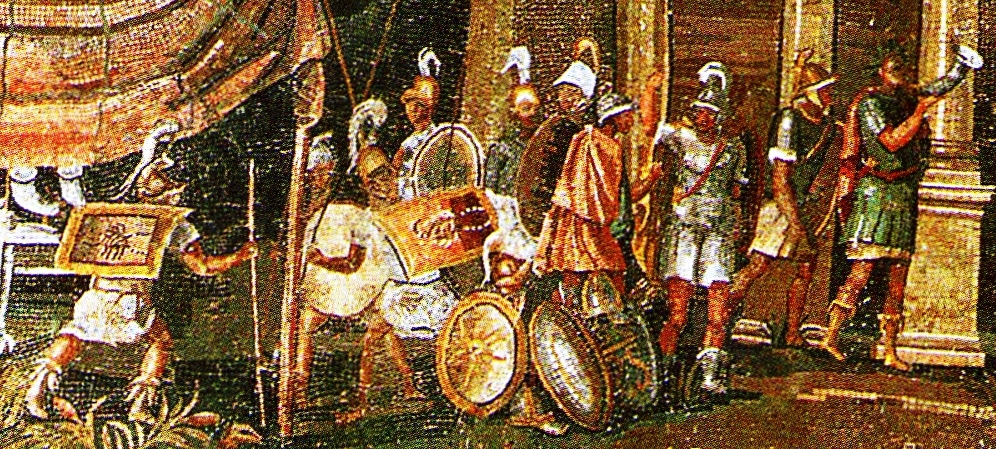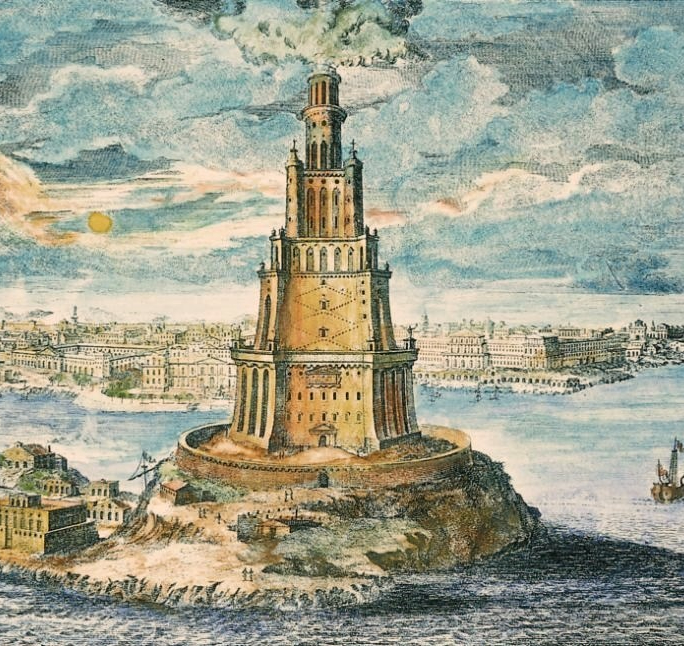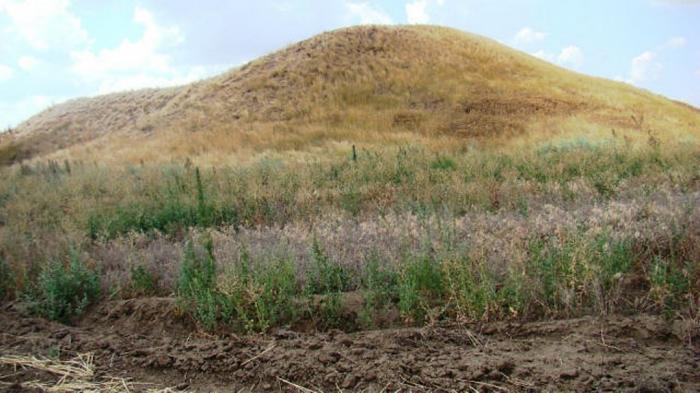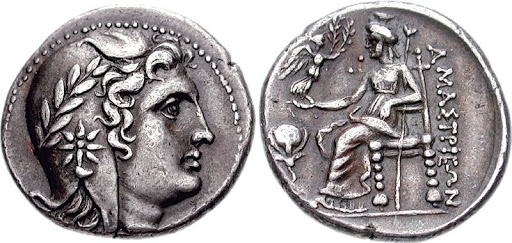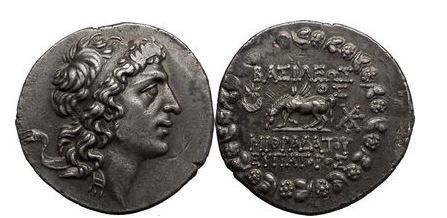
The Attalid dynasty that ruled over the city of Pergamon (modern Bergama) is the first Greek monarchy to arise outside of the Successor Kingdoms. Founded by a eunuch named Philetaerus in western Asia Minor, the Attalids went from small regional power to major player in under a generation, in part thanks to their alliance with the Roman Republic. Their smart fiscal policies and unusually stable family life allowed them to become extremely wealthy, sponsoring buildings and works of art that celebrated their role as the defenders of Greek civilization against the barbarians like the Galatians.
Episode Links:
Apple | Spotify | YouTube | SoundCloud
Tsar Power Podcast
Apple | Twitter | Patreon
References
Primary
Appian – The Syrian Wars
Athenaeus – Deipnosophistae
Callimachus – Hymns
Cassius Dio – The History of Rome
Cicero – De Lege Manilia
Diodorus Siculus – Library of History
Justin – Epitome
Livy – The History of Rome
Pausanias – The Guide to Greece
Pliny the Elder – Natural History
Plutarch – Life of Antony
Plutarch – Moralia
Polyaenus – Stratagems
Polybius – The Histories
Strabo – Geography
Vitruvius – On Architecture
Xenophon – Anabasis
Xenophon – Hellenika
Abbreviations
ANS (American Numismatic Society)
I. Delphi (Inscriptions from Delphi)
I. Pergamon (Inscriptions from Pergamon)
OGIS (Orientis Graeci Inscriptiones Selectae)
SEG (Supplementum Epigraphicum Graecum)
SIG (Sylloge Inscriptionum Graecarum)
Secondary
Burstein, S.M. (1985) The Hellenistic Age from the battle of Ipsos to the death of Kleopatra VII
de Callataÿ, F. (2013) “The Coinages of the Attalids and their Neighbours: A Quantified Overview”, in Attalid Asia Minor: Money, International Relations, and the State, pgs. 207-244
Chrubasik, B. (2013) “The Attalids and the Seleukid Kings, 281-175 BCE”, in Attalid Asia Minor: Money, International Relations, and the State, pgs. 83-120
Chrubasik, B. (2016) Kings and Usurpers in the Seleukid Empire: The Men who would be King
Cohen, G.M. (1995) The Hellenistic Settlements in Europe, the Islands, and Asia Minor
Cunliffe, B. (2018) The Ancient Celts, second edition
Dignas, B. (2012) “Rituals and the Construction of Identity in Attalid Pergamon” in Historical and Religious Memory in the Ancient World
Eckstein, A.M. (2006) Mediterranean Anarchy, Interstate War, and the Rise of Rome
Evans, R. (2012) A History of Pergamum: Beyond Hellenistic Kingship
Grainger, J.D. (2014) The Rise of the Seleukid Empire (323-223 BC)
Grainger, J.D. (2015) The Seleukid Empire of Antiochus III (223-187 BC)
Grainger, J.D. (2017) Kings and Kingship in the Hellenistic World (350-30 BC)
Grainger, J.D. (2019) The Galatians: Celtic Invaders of Greece and Asia Minor
Gruen, E.S. (1984) The Hellenistic World and the Coming of Rome
Harper, D. (2022) “Parchment”, The Online Etymology Dictionary, https://www.etymonline.com/word/parchment, accessed 4/30/2023.
Kosmetatou, E. (2003) “The Attalids of Pergamon” in A Companion to the Hellenistic World, pgs. 159-174
Ma, J. (2013) “The Attalids: A Military History”, in Attalid Asia Minor: Money, International Relations, and the State, pgs. 49-82
Marek, C. (2018) In the Land of a Thousand Gods: A History of Asia Minor in the Ancient World
Mirón, D. (2020) “Royal mothers and dynastic power in Attalid Pergamon”, in The Routledge Companion to Women and Monarchy in the Ancient Mediterranean World
Meadows, A. (2013) “The Closed Currency System of the Attalid Kingdom” in Attalid Asia Minor: Money, International Relations, and the State, pgs. 149-206
Palagia, O. (2020) “The cult statues of the Ptolemies and the Attalids”, in The Materiality of Hellenistic Ruler Cults pgs. 65-82
Pollitt, J.J. (1986) Art in the Hellenistic Age
Stewart, A. (2014) Art in the Hellenistic World: An Introduction
Worthington, I. (2021) Athens After Empire: A History from Alexander the Great to the Emperor Hadrian

